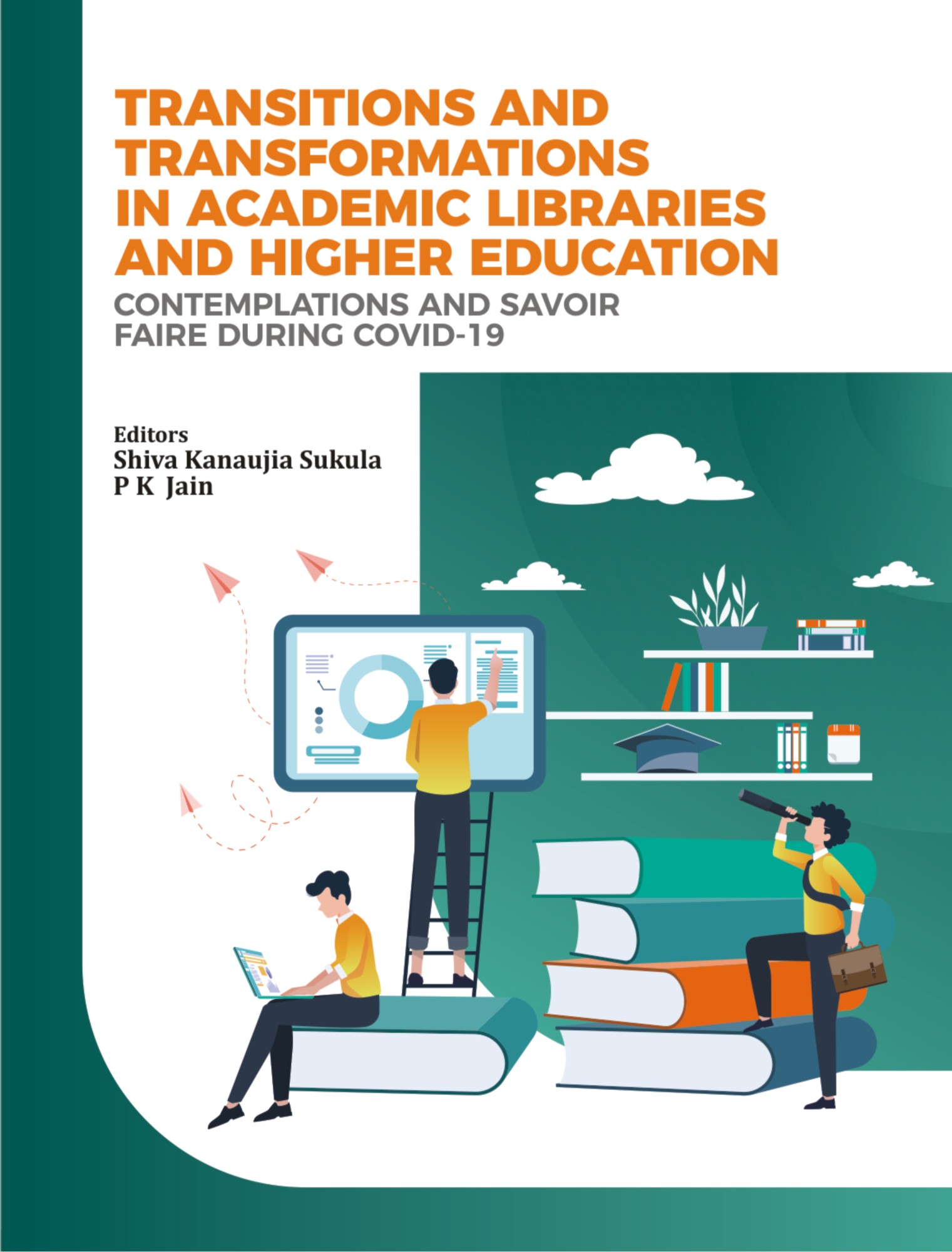Learning and Teaching:
Rs. 475
Additional information
| ISBN | 818405033X |
|---|---|
| Year of Publication | 2007 |
| Binding | HardBound |
| Pages | |
| Edition | |
| Language | English |
INTRODUCTION
1.1 Broadening Horizons
1.2 Online Learners
1.3 Teaching and Learning: Context & Aims
1.4 Characteristics of Emergent forms of Teaching and Learning
2. LEARNING: THEORIES & PRINCIPLES
2.1 Learning Theories-An Overview
2.1.1 Constructivism
2.1.2 Behaviourism
2.1.3 Piaget's Theory of Development
2.1.4 Neuroscience
2.1.5 Brain-based Learning
2.1.6 Learning Styles
2.1.7 Right Brain vs. Left Brain
2.1.8 Communities of Practice
2.1.9 Control Theory
2.1.10 Observational Learning
2.1.11. Vygotsky and Social Cognition
2.2. Principles of Learning
2.2.1 Learning is an Internal Process
2.2.2 Learning is a Discovery of Meaning
2.2.3 Learning is a Consequence of Experience
2.2.4 Learning Involves Cooperation, Collaboration
2.2.5 Learning is Evolutionary: A Slow Process
2.2.6 Behavior Change can be Painful
2.2.7 The Learner is a Rich Resource
2.2.8 Learning is Emotional and Intellectual
2.2.9 Pupils problems Must be Addressed
2.2.10 Individuals have Unique Learning Style
3. E. LEARNING
3.1 Theoretical Foundation
3.2 The Technology of E-Learning
3.2.1 Defining Educational Technology
3.2.2 Distance Education Technology
3.3 Educational Technology and Interactions
3.4 Intellectual Tools
3.5 Information Technology as a Tools
3.5.1 Communicating Ideas and Information
3.5.2 Measurement and Control
3.5.3 The Information Technology Tool in the Classroom
3.6. Assessment and Evaluation
3.7 Benefits of E-Learning
4. WEB-BASED INSTRUCTIOON
4.1 Web-Based Instruction
4.2 Web-Based Teaching
4.2.1 Online Teaching Tools
4.3 Developing a New Pedagogy
4.3.1 Training to Support the Transition
4.3.2. Developing New Techniques
4.4 Teacher's Role in Web Based Instruction
4.4.1 Teacher Credibility
4.4.2 The Teacher's Role
4.5 Teachers' Approaches to Using Computers in Their Teaching
4.6 Teaching Principles
4.7 Internet Pedagogy for Teaching Science
5. WEB BASED LEARNING
5.1Teachng and Learning through WEB
5.1.1 Flexible Interaction
5.1.2 Flexible Exploration
5.2 Learning Style Instruments
5.2.1 Dunn & Dunn Learning Styles
5.2.2 Grasha- Reichman Learning Styles
5.2.3 Gregorc-Butler Learning Styles
5.2.4 Kolb Learning Styles (Kolb LSI)
5.2.5 Honey & Mumford Learning Styles
5.3 Learning Perceptual Styles & Hypermedia: Application to E-Learning
5.4 Learning to Learn Online
5.5 Changing Roles and Relationships
5.6 Interactive Learning
6. WEB LEARNING ENVIRONMENTS
6.1 Useful Resources on the Web
6.2 UGC's Initiatives in E-Learning
6.2.1 Role of Communication Technology in Indian Education
6.2.2EDUSAT Network
6.2.3 Video Based E-education
6.2.4 E-content development
6.2.5 Creation of E-Content Elements of CEC
6.2.6 Reusable Learning Objects
6.2.7 Learning Objects and Electronic Books
6.3 E-learning Platform: Brihaspati
6.4 E-Books
6.4.1 Advantages & Disadvantages of E-Books
6.4.2 Library Service on E-Books
7. PRINCIPLES OF ADAPTIVE LEARNING
7.1 Adaptive learning systems-Definition
7.2 Functional learning Strategies
7.2.1 Apprenticeship
7.2.2 Incidental
7.2.3 Inductive
7.2.4 Deductive
7.2.5 Discovery
7.3 Steps in Adaptive Learning
7.4 The Learning Cube
7.5 Adaptive learning cycle
7.6 Adaptive learning Systems in the World Wide Web
7.6.1 Adaptive presentation
7.6.2 Adaptive navigation support
7.6.3 Curriculum sequencing
7.6.4 Intelligent analysis of students' solutions
7.6.5 Interactive problem solving support
7.6.6 Example based problem solving
7.7 Pedagogically driven Instructional design for Online Education
7.7.1 Flexibility in Design
7.7.2 Design parameters
7.8 Rating Online Courses
7.8.1 Pedagogy Effectiveness Index (PEI)
7.8.2 Summative Rating for Online Course
7.8.3 Overall Rating
8. ADAPTIVE LEARNING SYSTEMS
8.1 Learning Objetes
8.1.1 The Elusive Object
8.1.2 The LCMS: object creation. storage, and delivery
8.1.3 Adapting to learning styles.
8.1.4 Competencies and learning objects.
8.1.5 A content framework
8.2 E-Learning Environments towards Adaptive learning
8.3 The HYPERLEARN PROJECT
8.4 Integrated LS theory in Adaptive-Learning
8.5 Interactive Web-Based Adaptive Learning Environment
8.6 Learning Styles Research
8.7 Multimedia Learning Research
8.8 Adaptive Education Research
8.8.1 Artificial Intelligence in Education
8.8.2 Existing Projects and Environment s
8.9 iWeaver
8.10 iDesigner
Reference



